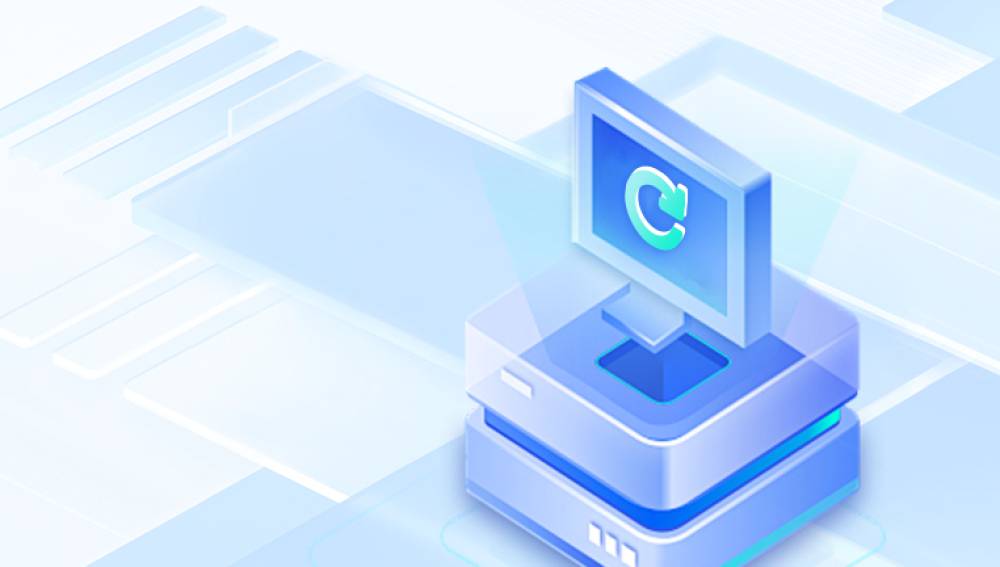Losing important files from an SD card can be a frustrating experience, especially if they contain valuable data such as photos, videos, or documents. Fortunately, recovering deleted files from an SD card on a Mac is possible using several methods.
1. SD Card Data Recovery
Before diving into the recovery methods, it's essential to understand how data recovery works. When you delete a file from an SD card, the data isn't immediately erased. Instead, the space it occupies is marked as available for new data. Until new files overwrite this space, the deleted data remains recoverable. Therefore, it's crucial to stop using the SD card immediately after realizing data loss to maximize the chances of successful recovery.
2. Common Causes of Data Loss
Understanding the causes of data loss can help you prevent it in the future. Some common reasons include:
Accidental Deletion: Files may be accidentally deleted while managing data.
Formatting: Formatting the SD card without backing up the data can result in data loss.
Corruption: SD cards can become corrupted due to improper ejection, malware, or physical damage.
File System Errors: Errors in the file system can make data inaccessible or lead to data loss.

3. Free Methods to Recover Deleted Files on Mac
a. Using Mac’s Trash
Sometimes, when you delete a file from an SD card using your Mac, the file is moved to the Trash rather than being permanently deleted. Here’s how to recover it:
Open the Trash on your Mac.
Look for the deleted files.
Right-click on the files you want to recover and select Put Back.
This method is straightforward but only works if the files are still in the Trash.
b. Using Time Machine Backup
If you regularly back up your Mac using Time Machine, you may be able to recover deleted files from your SD card:
Connect the SD card to your Mac.
Open Time Machine by clicking the Time Machine icon in the menu bar or through System Preferences.
Navigate to the date and time before the files were deleted.
Browse through the backup to find the deleted files.
Select the files and click Restore.
This method is effective if you have a Time Machine backup that includes the deleted files.
c. Using Terminal Commands
Mac's Terminal can also be used to recover deleted files. This method is more technical and requires knowledge of command-line operations:
Open Terminal from Applications > Utilities.
Type the following command and press Enter:
diskutil list
Identify your SD card from the list of drives.
Use the following command to recover deleted files:
bash
sudo fsck_hfs -r /dev/diskX
Replace diskX with the identifier of your SD card.
This method may not always work, especially if the files have been overwritten, but it’s worth a try for tech-savvy users.
4. Free Data Recovery Software for Mac
When the above methods don't work, you can turn to free data recovery software. Several reliable tools can help you recover deleted files from an SD card on your Mac.
Drecov Data Recovery is your ultimate solution for retrieving lost or deleted files from various storage devices. Whether it’s a malfunctioning external hard drive, a corrupted USB drive, or an accidental deletion, our powerful software delves deep into your storage to recover valuable data quickly and efficiently. With a user-friendly interface, Drecov Data Recovery allows both novices and experts to navigate the recovery process seamlessly.
Our advanced scanning technology ensures comprehensive coverage, identifying recoverable files and offering a preview before restoring. The software supports multiple file formats and types, making it versatile for different recovery scenarios. Additionally, Drecov Data Recovery prioritizes data integrity, ensuring that your files are restored in their original quality.
Experience peace of mind with our reliable customer support, guiding you through the recovery process whenever needed. Download Drecov Data Recovery today to safeguard your important documents, cherished photos, and vital data from unexpected loss. Don't let data loss disrupt your life—take control with Drecov Data Recovery and reclaim what’s rightfully yours!
5. Preventing Future Data Loss
Recovering data can be time-consuming and stressful, so it’s better to prevent data loss from happening in the first place. Here are some tips:
Regular Backups: Always back up your SD card data to a reliable source, such as an external hard drive or cloud storage.
Safely Eject SD Cards: Always eject your SD card safely before removing it from your Mac to prevent corruption.
Use Antivirus Software: Protect your Mac and SD cards from malware and viruses by using reputable antivirus software.
Avoid Physical Damage: Handle your SD card carefully to avoid physical damage that can lead to data loss.
Recovering deleted files from an SD card on a Mac is feasible with the right tools and techniques. Whether you opt for native macOS features like Time Machine and Terminal or choose third-party software like PhotoRec, EaseUS, or Disk Drill, your chances of recovering lost data are high if you act quickly. By following the methods outlined in this guide, you can recover your files and take steps to protect your data in the future.




